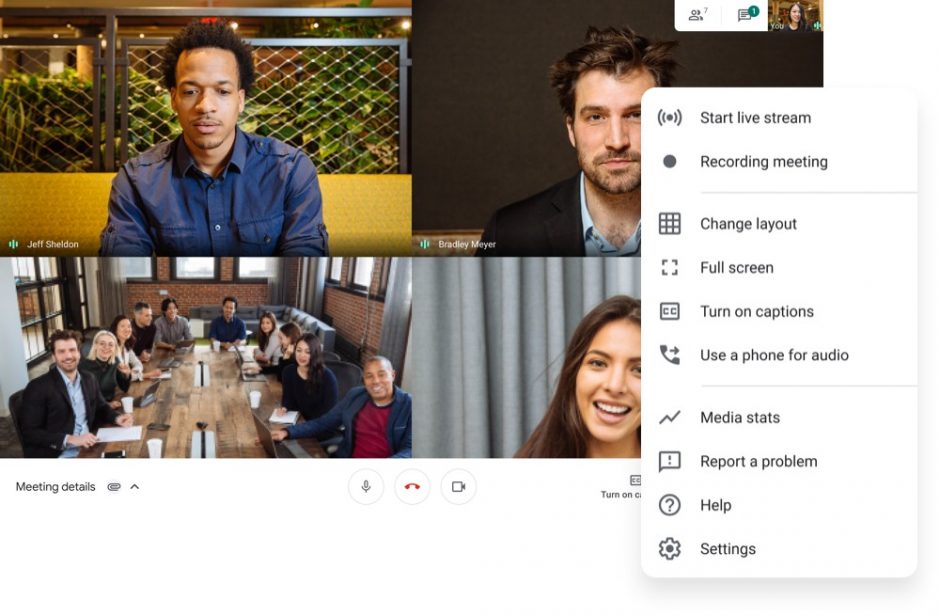Take four parts disruption (Co-vid) and one part available tech to make your base – Remote learning (heavily browser based).
Add a ubiquitous ‘social good’ – Education.
Now take a healthy splash of innovation (hundreds, thousands of teachers reflecting on the puzzle on home learning and flipped-styled content) and good dose on urgency (tech giants grabbing market share and developing their products at a veracious pace) and your well on your way.
Garnish with an array of timely technology developments: new faster, cheaper AMD processors have entered the market, faster new eMMC storage, a Chromebook tablet (Lenovo duet) and form factors and practicalities, USI stylus standards.
Enjoy.
What is driving Chromebook interest?
Putting aside the innovation cocktail. The second quarter of 2020 marks the first time ever that Chromebooks occupied 25% of total quarterly notebook shipment (with return to school sales peaking Q3). Chromebooks are edging towards being the hardware purchase of choice for the student population in North America and Europe. Why?
Tight budgets? Possibly. Usability? It certainly helps users and their parents. That plus Chrome OS and G Suite have matured. And it is not just in the affordable, education, student markets, that Chromebooks are appearing. Hence markets are forecasting Year on year growth as well.
The final point is on hardware life cycles. Chromebooks at 6-8 years is far superior to traditional laptops (3-4) – and that is where a 50% life-cycle cost may be found. How many units do you have in your school? What is you four year investment costs? Divide that by 50%?


